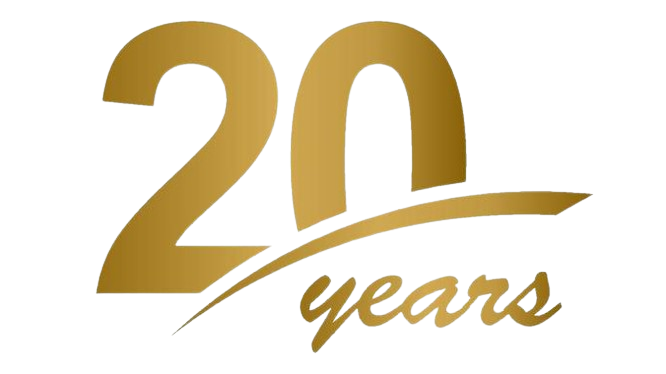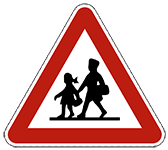where does the smile come from?
The smile, as a facial expression, has multiple and complex origins. It can be both an instinctive reflex and a learned social response, shaped by evolution and human interactions. Here are some explanations of its origin and role:
Biological and Evolutionary Origin:
The smile has deep roots in our evolution. Among primates, including humans, it is often associated with signals of submission or relaxation, helping to reduce tension and promote social bonding. For example, a smile in chimpanzees is a way of showing non-aggression and cooperation. This likely evolved in humans to facilitate social interactions, establish trust, and signal friendly intentions.
The Smile as an Emotional Reaction:
The smile is often a spontaneous reaction to positive emotions, such as joy, amusement, satisfaction, or love. It can also be a response to complex social emotions, such as recognition or gratitude. This emotional reaction is governed by specific brain circuits, notably those involving the prefrontal cortex and the limbic system (which manages emotions).
The Social Role of the Smile:
The smile plays a key role in non-verbal communication. In addition to expressing emotions, it is often used to strengthen social relationships. It helps signal acceptance, understanding, and goodwill, thus fostering more harmonious interactions. For example, in a conversation, a smile can help ease a tense situation, create a connection with others, or signal friendly behavior.
Different Types of Smiles:
Not all smiles are the same. There are several types of smiles, such as:
- The Duchenne smile: An authentic smile that involves not only the mouth but also the eyes, and is generally associated with true emotions of happiness.
- The social smile: More superficial and less spontaneous, it can be used out of courtesy or to signal positive intentions without necessarily being linked to deep emotional states.
The Smile as an Adaptive Mechanism:
The smile can also be an adaptive strategy in certain situations. For example, a smile may be used to calm a conflict, diffuse tension, or make a good impression during a social encounter. This type of smile can be learned and shaped according to social and cultural norms.
In summary, the smile has a biological, emotional, and social origin. It is a universal communication tool that has evolved to foster human connections and facilitate social interactions.
by laurent 'cosmic' henneaux
smile collector







 If you're underage, you MUST talk to your parents BEFORE making any decisions or contacting me about a possible photo shoot…
If you're underage, you MUST talk to your parents BEFORE making any decisions or contacting me about a possible photo shoot…
